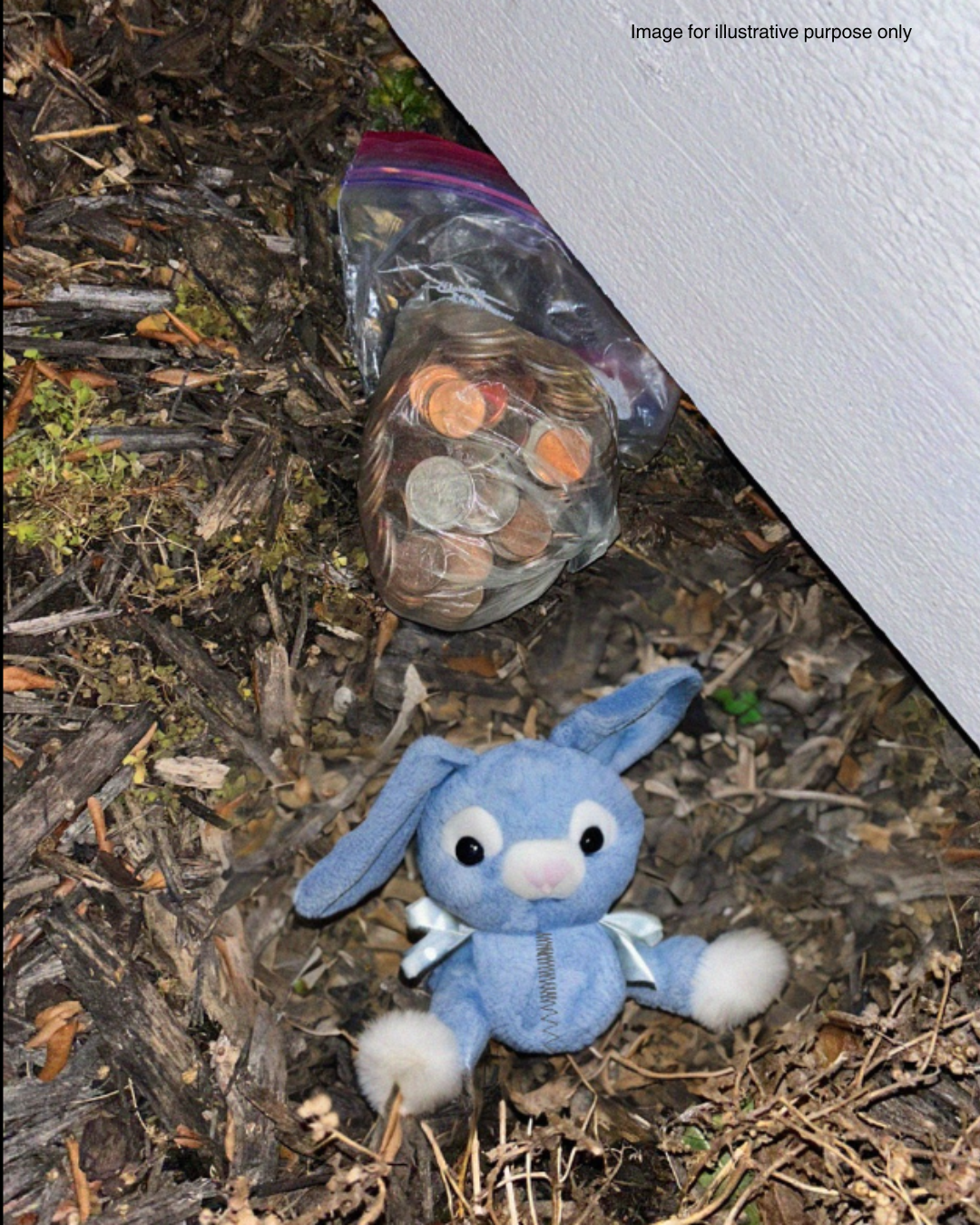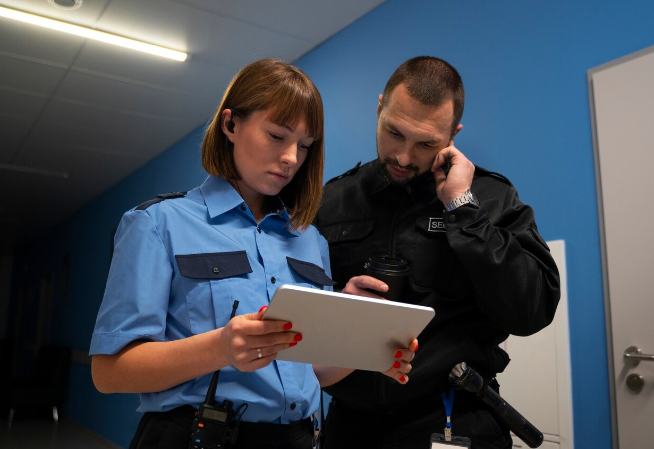
I’m Emily, 28, married to David, 33. Three years ago, an accident caused by David’s negligence left me infertile. Despite the deep sorrow, I’ve come to terms with not having biological children and have maintained a strong relationship with David. I’ve chosen not to discuss my infertility or the pain it brings, and David’s guilt is apparent.
My therapist has helped me manage my emotions without resentment, and I’ve forgiven David. To protect him from further guilt and potential judgment, we’ve kept the cause of my infertility a secret from everyone, including my parents and friends. David even begged me not to share it with my best friend, leaving only my therapist and those with access to my medical files as confidants.
After two years of healing, Emily and David decided to adopt a child. However, Emily’s world shattered when she received a photo from an unknown woman showing David in bed with her, in a hotel they had visited for their anniversary. The betrayal was devastating, especially as they were about to start a family together. Emily, initially numb and in surprise, plotted a quiet plan. She prepared a romantic dinner for David, during which she secretly recorded his assurances of love and commitment to their adoption plan.

Supported by her best friend and mother, Emily used the recording and their legal advice to confront David with divorce papers. The court ruled in her favor, granting her a substantial settlement. Emily decided to continue the adoption process alone, ready to provide a loving home as a single parent. She reflects on the pain of ending her marriage and realizes that discovering David’s infidelity before completing the adoption was a blessing in disguise.
Stephanie wrote a note:
“Dear Emily,
Thank you for the candy. I hope you like this bracelet.
Your friend, Stephanie.”
Stephanie, who had recently tried to connect with her mute neighbor Emily by giving her a bracelet and some ice cream, was met with anger from Emily’s mother, Mrs. Thompson. Mrs. Thompson demanded that Stephanie stay away from her daughter, leaving Stephanie confused and hurt.
Despite this, the next day, Stephanie found a lunch bag with coins and a rough, stitched-together plush bunny under the fence. Hesitant but curious, Stephanie took the bunny inside and discovered a small, plastic toy phone hidden inside. She wondered what Emily was trying to communicate and felt a mix of curiosity and concern for the little girl.

One of the functions was a recorder. Stephanie pressed it, expecting to hear a children’s song. To her surprise, pressing the play button revealed Mrs. Thompson’s voice talking to someone. The audio was poor, but as the toy moved closer to what sounded like a kitchen, her voice became clearer.
“We need that insurance money, John. If we fake an electrical problem, no one will question it. With that weird neighbor woman next door, we could blame it on her watering our electric pole while watering her flowers. Come on, honey, it’s brilliant.”
Stephanie was surprised to discover that Emily had hidden a toy phone in a plush bunny to w*rn her about a possible plan by Mrs. Thompson. Realizing the seriousness of the situation, she decided to report the evidence to the local police rather than confront Mrs. Thompson directly. Stephanie went to the police station, where she explained the situation and handed over the toy phone, asking that Emily’s involvement remain confidential.

Police Officer Harris took the report seriously and investigated the Thompsons. They discovered that Mrs. Thompson was planning insurance fraud, but Mr. Thompson was unaware of it. Thanks to Stephanie’s tip, the fraud was prevented, and Mrs. Thompson faced potential charges. Officer Harris assured Stephanie that Emily was safe.
Stephanie felt a sense of accomplishment and relief as she saw Emily playing outside later, giving her a shy wave.
Stephanie waved back, smiling warmly. “Hi, Emily. How are you?”
Stephanie watched as the officers entered the house. She couldn’t hear what was being said, but she saw Mr. Thompson join them, looking confused and concerned. After what felt like hours, the officers came out, carrying some documents and looking satisfied with their findings.

Stephanie breathed a sigh of relief, hoping her actions had prevented any harm from coming to Emily. A few days later, Officer Harris came by her house to update her on the situation.
If I were in Stephanie’s place, I might have approached the situation slightly differently. Here’s how I might have handled it:
1. Direct Communication: Before involving the police, I would have attempted to have a calm and direct conversation with Mrs. Thompson to understand her side of the story. This approach could have clarified the situation without escalating it, although it might have been risky given Mrs. Thompson’s initial hostility.
2. Document Everything: I would ensure to keep detailed records of all interactions and observations related to the case. This could include any communication with Mrs. Thompson and any evidence of her behavior.
3. Seek Advice: Consulting a legal professional or counselor before taking action might have provided additional guidance on how to proceed while protecting Emily’s privacy and well-being.
4. Community Support: Engaging with local community organizations that support children in distress could have been an alternative to involve a neutral party who might offer assistance and protection for Emily.
5. Follow Up: After reporting the issue, I would continue to check in with the authorities to ensure that Emily’s safety and well-being were prioritized and that she received the support she needed.
While Stephanie’s actions were ultimately effective and led to a positive outcome for Emily, these additional steps might have offered a more cautious and thorough approach.















